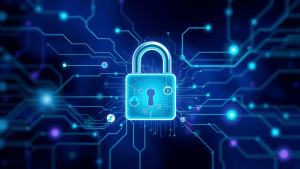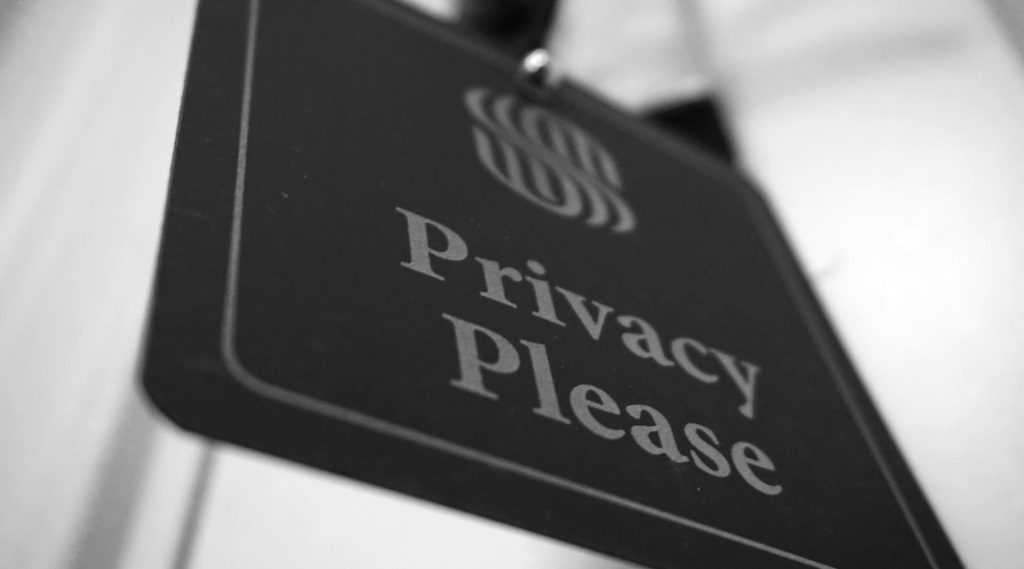In the age of rampant cyberattacks and data breaches, your password is your first line of defense—but unfortunately, it’s often the weakest. Relying solely on a “hard-to-guess” password is no longer enough. In 2025, securing your digital life requires a comprehensive identity management strategy that extends far beyond the login screen. This guide offers practical steps to create unbreakable passwords, manage them effectively, and take full control of your digital identity.
Why Weak Passwords Are an Open Invitation to Hackers
Brute-force Attacks Are Still Widespread
Hackers continue to use brute-force and dictionary attacks to guess login credentials. If your password is short or common, it can be cracked in seconds using automated tools.
Credential Stuffing is on the Rise
Reusing the same password across multiple accounts may seem convenient—but if just one of those platforms suffers a data breach, hackers can use your credentials to gain access to all your other accounts.
Data Breaches Leak Millions of Passwords
Massive breaches happen almost daily. Compromised databases often contain usernames and passwords in plaintext or hashed forms. These details end up on the dark web, where they’re bought and sold like currency.
Building an Unbreakable Password: Golden Rules
1. Length Equals Strength
Always aim for passwords that are at least 12 to 16 characters long. The longer the password, the harder it becomes to crack.
2. Complexity is Key
Combine uppercase and lowercase letters, numbers, and special characters. Avoid predictable sequences like “1234” or “Password!”.
3. Make Each Password Unique
Use a different password for every single account. If one password is compromised, the rest of your accounts will remain safe.
4. Skip the Personal Info
Don’t use birthdays, names, pet names, or anything else that could be guessed from your social media.
5. Try Passphrases
Consider using a memorable but long passphrase. For example, “Coffee4Cats!Every@Morning” is easier to remember and harder to crack than “P@55w0rd”.
Password Managers: The Ultimate Solution
What Are Password Managers?
Password managers are secure apps or browser extensions that store your login credentials in an encrypted vault. You only need to remember one master password.
Benefits of Using One
-
Auto-generate complex passwords
-
Auto-fill login forms
-
Store credentials across devices
-
Protect against phishing by identifying fake URLs
Recommended Options
Top choices include Bitwarden, 1Password, and LastPass. These tools often include added features like data breach monitoring and secure notes for storing sensitive information.
💡 Pro Tip: Many password managers now offer free or affordable premium plans that are worth every penny. Think of it as insurance for your digital life.
Two-Factor Authentication (2FA): An Indispensable Extra Layer
What is 2FA?
2FA adds another layer of protection by requiring two things to log in: something you know (your password) and something you have (a device or token).
Common Types of 2FA
-
Authenticator apps (e.g., Google Authenticator, Authy)
-
SMS-based codes
-
Hardware security keys (e.g., YubiKey)
Why It Matters
Even if your password is stolen, 2FA stops unauthorized logins cold. Enable it on every platform that supports it—especially for email, banking, and cloud storage.
Comprehensive Digital Identity Management
Clean Up Old Accounts
Review your old accounts and deactivate any you no longer use. Also, audit your privacy settings regularly to limit what data you’re sharing publicly.
Monitor for Breaches
Use free services like Have I Been Pwned to check whether your accounts have appeared in known data leaks. Set alerts to be notified of future incidents.
Watch Out for Identity Theft
Fraudsters can use stolen data to impersonate you. Be cautious of emails, texts, or calls requesting sensitive information. Always verify the source.
Use a VPN for Extra Protection
When browsing on public Wi-Fi, a VPN encrypts your internet traffic, making it much harder for attackers to intercept your data. For a complete guide, check out our article on why you need a VPN in 2025.
Conclusion
Your digital safety begins with strong passwords—but it doesn’t end there. By combining powerful password practices, smart identity management, and layered security tools like 2FA and password managers, you create a robust shield against modern cyber threats.
Make these best practices part of your daily digital hygiene. It only takes one weak link to bring down your digital fortress—so secure every entry point today.


